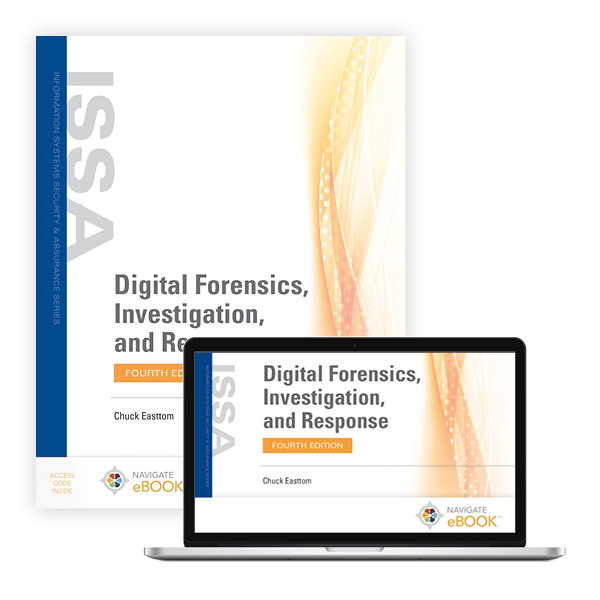Instructor on Teaching Digital Forensics: ‘Listen to your Students’

Art McFadden teaches digital forensics at Southcentral Kentucky Community and Technical College. He has years of experience as a “cyber cop,” someone who specialized in illicit activity online. When it comes to getting a fair assessment on his teaching, he brings an investigative mindset.
“Here’s how I look at feedback to see if it’s legit: How much are my students complaining?” he says.
McFadden is referring specifically to the “test bank” of questions found within the Digital Forensics, Investigation and Response, Fourth Edition textbook, which he uses to teach one of his courses. Jones & Bartlett Learning interviewed McFadden to learn more about his experience as an instructor and how he uses this textbook to teach.
Textbook Needs to Account for Students of Different Skill
The textbook is well laid out, easy to understand, and assumes little to no prior knowledge of the digital forensics field. It covers the basic concepts, tools, and techniques of digital forensics, as well as the legal and ethical issues involved. It also provides case studies and scenarios to illustrate the real-world applications of the topics.
One of McFadden’s favorite features is the above-mentioned test bank that comes with it. The test bank contains multiple choice, true/false, and short answer questions that test the students' comprehension and critical thinking skills.
McFadden uses the test bank to create quizzes and exams for my students, and finds that the questions are well-written and relevant. I also use the amount of complaints I get from my students as a measure of the quality of the test bank.
Combining the Book with Cloud Labs
Cloud Labs are a great solution for programs that do not have the ability to go hands-on with some of the techniques of digital forensics. Cloud Labs are virtual labs that allow students to access different devices and software in a cloud environment. The labs are aligned with the textbook chapters and reinforce the concepts and skills learned in the book.
Cloud Labs are easy to use and require minimal setup. Students just need a web browser and an internet connection to access the labs. The labs are interactive and engaging, and they expose students to different processes and more equipment than they would in a static lab environment. McFadden has received been positive feedback from his students, who enjoy the hands-on learning experience. He is also satisfied with the length of each lab, which ranges from 30 minutes to an hour.
McFadden finds that reading the material in the book, then having it reinforced in the Cloud Labs is the best way for his students to learn digital forensics. The textbook and Cloud Labs provide a comprehensive and practical approach to teaching and learning digital forensics.
Digital Forensics, Investigation, and Response, Fourth Edition
Digital Forensics, Investigation, and Response, Fourth Edition examines the fundamentals of system forensics: what forensics is, an overview of computer crime, the challenges of system forensics, and forensics methods and labs.
Request an Instructor's CopyRelated Content:
